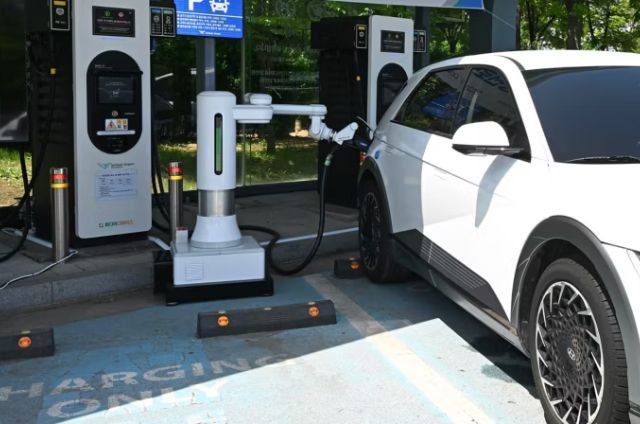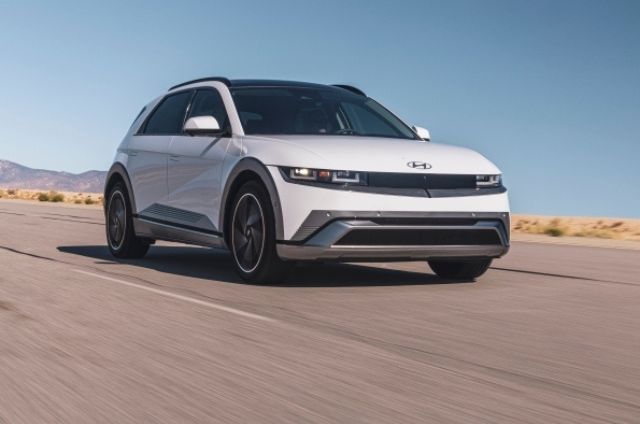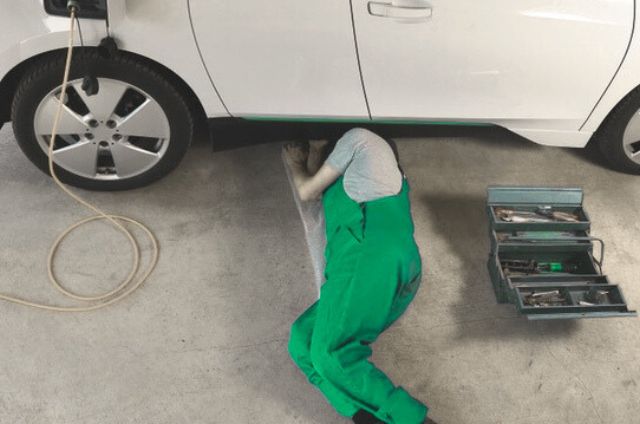Charging Without Lifting a Finger
Hyundai is taking a futuristic leap at Incheon International Airport in Seoul. The automaker has signed an agreement to deploy EV charging robots in a real-world setting for the first time. These aren’t just concept machines anymore — they’re heading to one of the busiest airports in the world.
The plan? Use robots to plug in EVs automatically while travelers are off on their journeys.
How These Robots Work
The concept is simple. Park your car, catch your flight, and come back to a fully charged EV. Hyundai’s robots can identify your car, open the charge port, and plug in a cable — no human needed. They’ve been testing these at company sites since 2024.
The goal is to maximize efficiency in parking structures, where charging stalls are limited. Instead of hogging a spot for days, your EV can be charged remotely from a nearby unit.
That said, Hyundai’s current model uses a stationary robot, which still relies on nearby chargers. It’s not a huge leap from the current 1:1 car-to-stall setup.
Other Players, Bigger Ambitions
Volkswagen has taken the idea a step further. Their concept uses two mobile robots — one carries a battery, the other handles the plug. These roving bots can navigate tight garages and juice up multiple vehicles before heading back to recharge themselves.
This design could offer real scalability in urban settings, where flexibility and space are limited.
Still a Luxury, Not a Necessity?
For now, EV charging robots feel more like a convenience feature than a critical breakthrough. The hardware costs are still unclear, and in many cases, it’s still cheaper and simpler to hire a person or plug in yourself.
But as EV adoption grows and smart infrastructure evolves, this tech might just find its niche — starting at airports, and maybe someday, everywhere.



